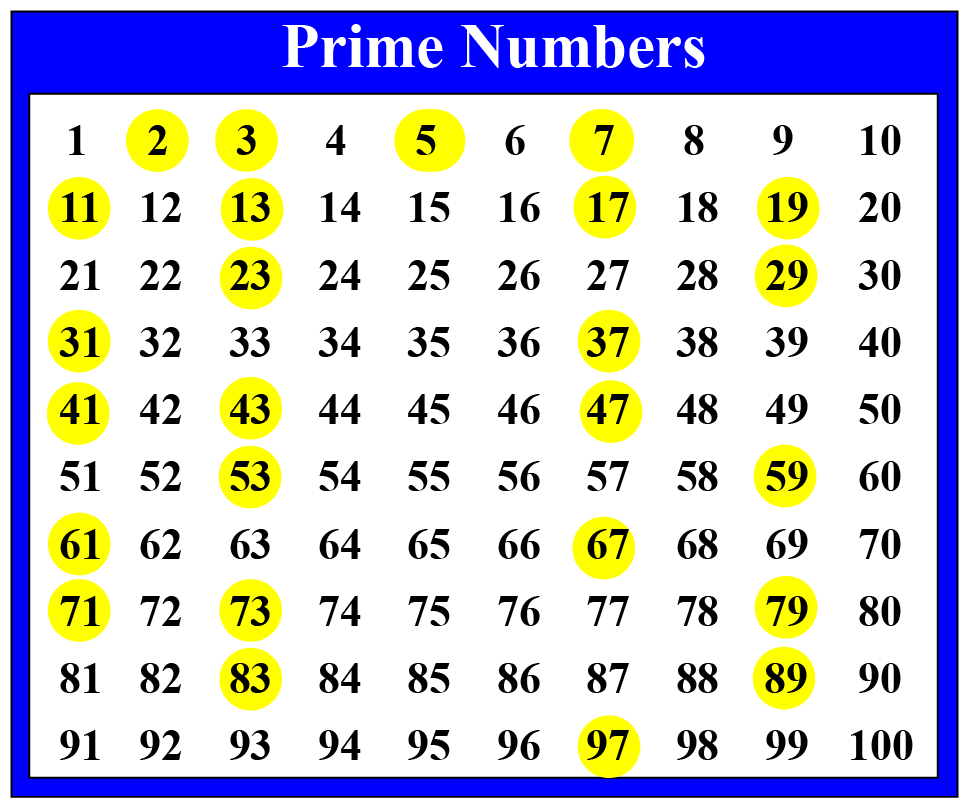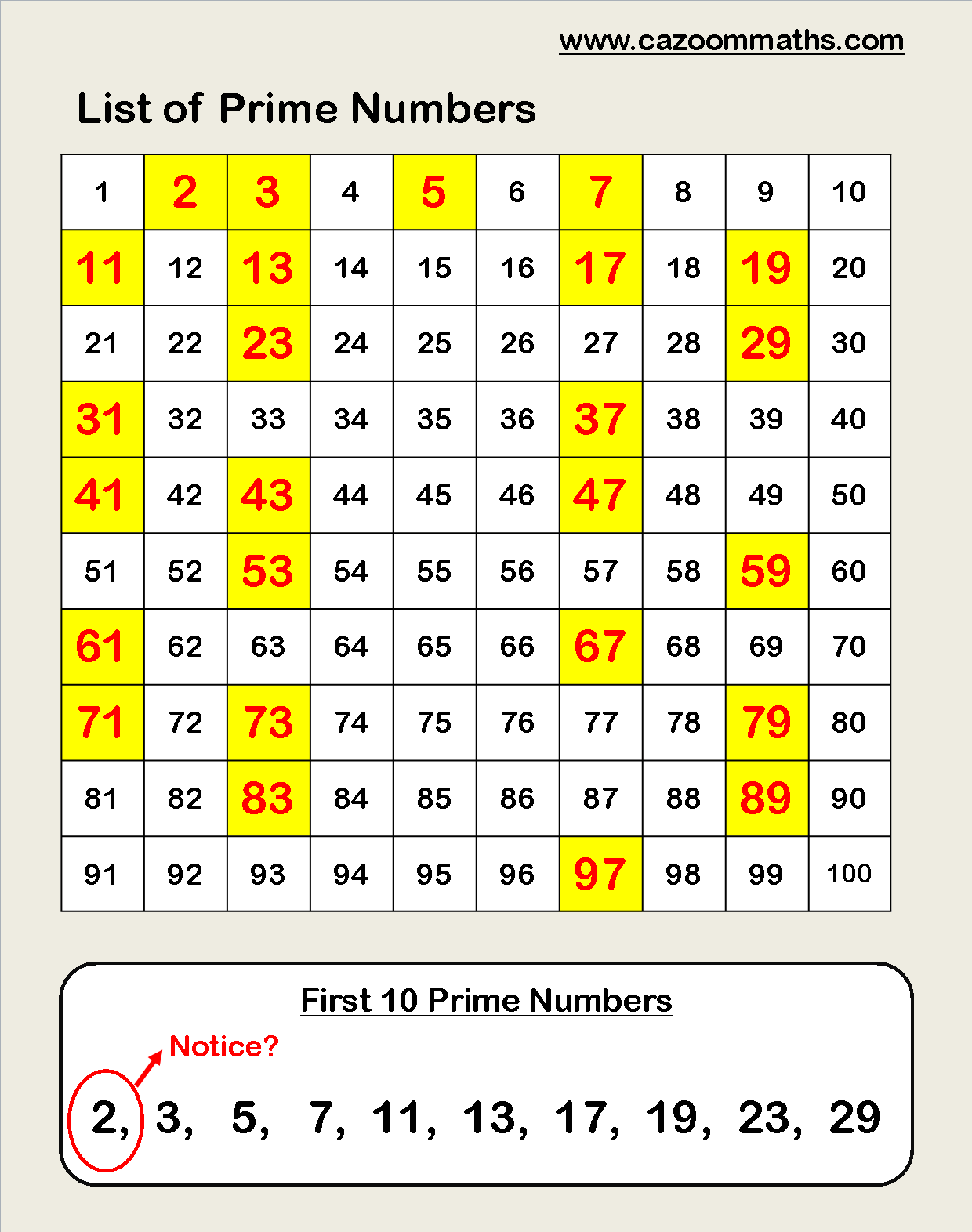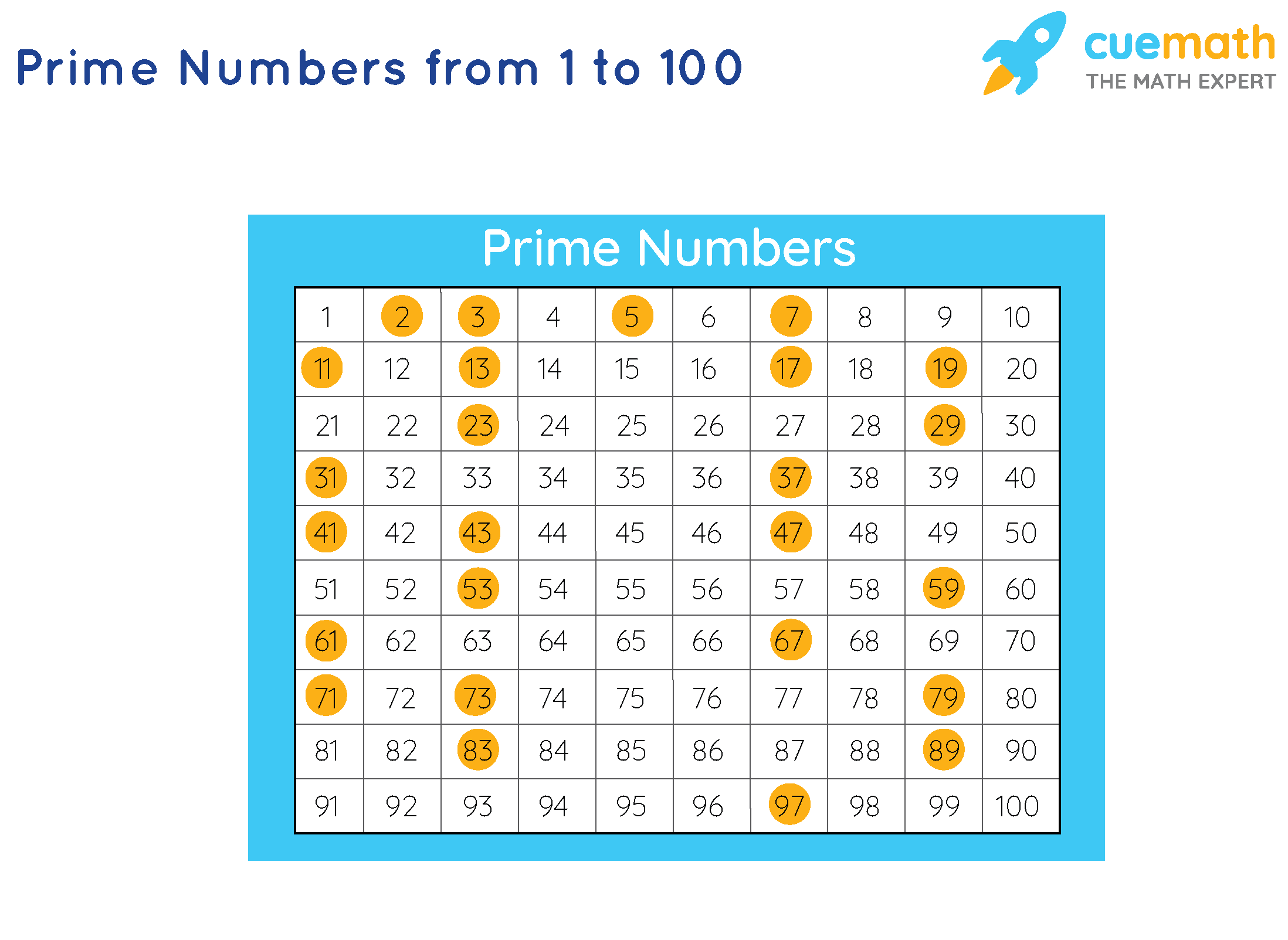What Is A Prime Number
What Is A Prime Number - Prime numbers are special numbers greater than 1 that have exactly two factors themselves and 1 19 is a prime number It can only be divided by 1 and 19 9 is not a prime number A Prime Number is a whole number above 1 that cannot be made by multiplying other whole numbers if we can make it by multiplying other whole numbers it is a Composite Number Here we see it in action 2 is Prime 3 is Prime 4 is
What Is A Prime Number

What Is A Prime Number
Prime numbers are natural numbers that are divisible by only 1 and the number itself. In other words, prime numbers are positive integers greater than 1 with exactly two factors, 1 and the number itself. Some of the prime numbers include 2, 3, 5, 7, 11, 13, etc. Always remember that 1 is neither prime nor composite. Number Theory. Explore the powers of divisibility, modular arithmetic, and infinity. A prime number is a natural number greater than 1 that has no positive integer divisors other than 1 and itself. For example, 5 is a prime number because it has.
Prime Numbers Chart And Calculator Math Is Fun

Why Do Mathematicians Keep Looking For New Bigger Prime Numbers
What Is A Prime NumberA prime number is a number that has exactly two factors - itself and 1. There are an infinite number of prime numbers. Numbers that have more than two factors are called composite. A prime number or a prime is a natural number greater than 1 that is not a product of two smaller natural numbers A natural number greater than 1 that is not prime is called a composite number For example 5 is prime because the only ways of writing it as a product 1 5 or 5 1 involve 5 itself
A prime number (or prime integer, often simply called a "prime" for short) is a positive integer that has no positive integer divisors other than 1 and itself. More concisely, a prime number is a positive integer having exactly one positive divisor other than 1, meaning it is a number that cannot be factored. Number Theory Primes And 32 Where Did This Pattern Come From Top 10 Magical Numbers
Prime Numbers Brilliant Math amp Science Wiki

Number Teaching Resources Number Worksheets Printable Resources On
Definition of. Prime Number. more . A whole number above 1 that can not be made by multiplying other whole numbers. Example: 5 is a prime number. We cannot multiply 2, 3 or 4 together to make 5. (Only 1×5 works but we said to use other whole numbers.) Example: 6 can be made by 2 × 3 so is NOT a prime number (it is a composite number). Prime Numbers Definition Prime Numbers 1 To 100 Examples
Definition of. Prime Number. more . A whole number above 1 that can not be made by multiplying other whole numbers. Example: 5 is a prime number. We cannot multiply 2, 3 or 4 together to make 5. (Only 1×5 works but we said to use other whole numbers.) Example: 6 can be made by 2 × 3 so is NOT a prime number (it is a composite number). Prime Numbers Stock Vector Image Art Alamy Prime Numbers List

Prime Numbers Chart And Calculator Toppers Bulletin

Prime Numbers Chart

Prime Numbers Definition Chart Prime Numbers 1 To 1000 Examples

Prime Numbers Know The Pitfalls For The GMAT The GMAT Pill Study Method

Prime Numbers Chart

FREE 8 Sample Prime Number Chart Templates In PDF MS Word

Prime Numbers Chart 2 To 349 Free To Print Learn Prime Numbers Practice

Prime Numbers Definition Prime Numbers 1 To 100 Examples

Prime And Composite Numbers List Of Prime Numbers Co prime Number

Prime Numbers Chart